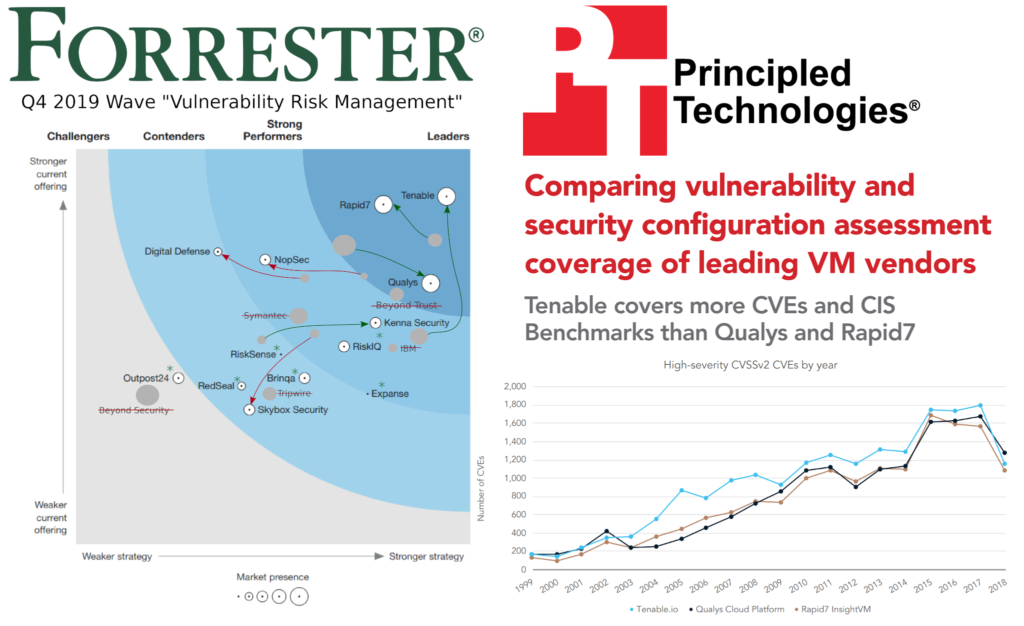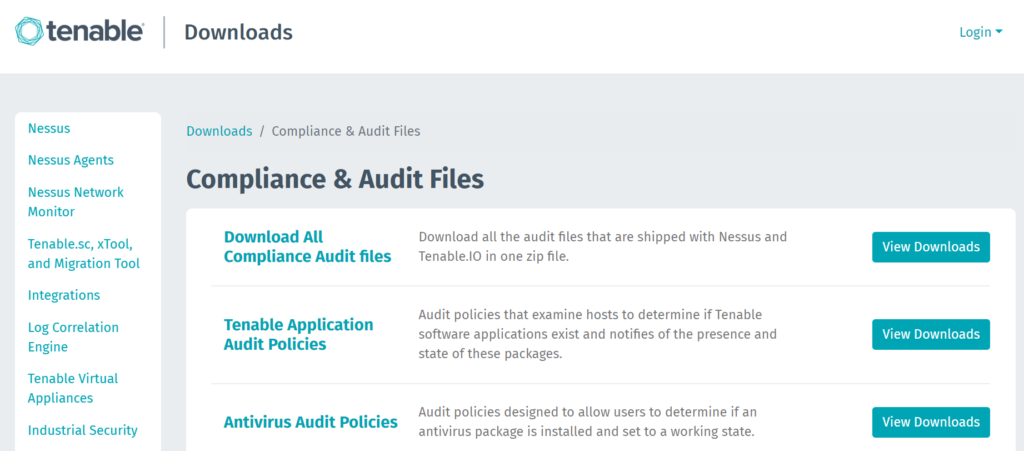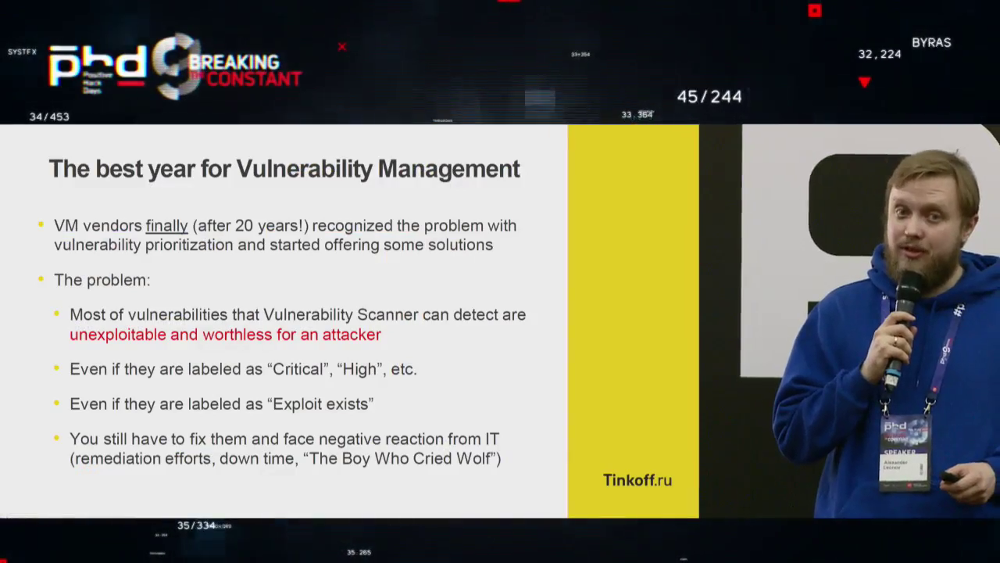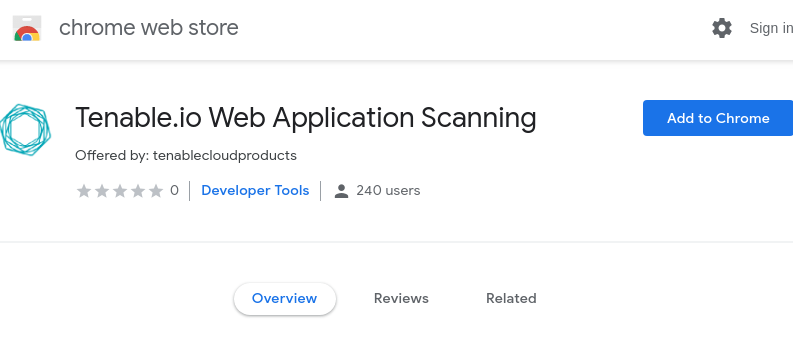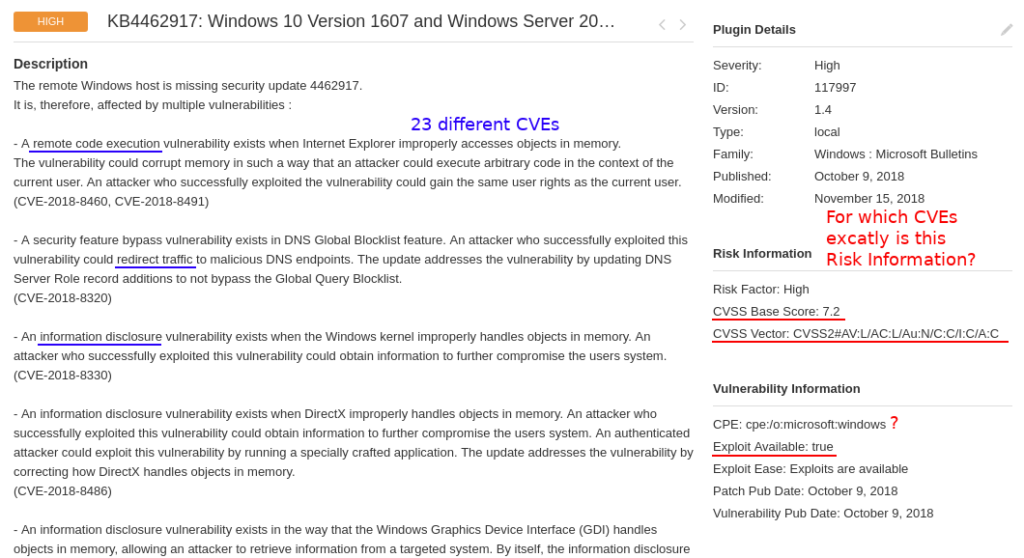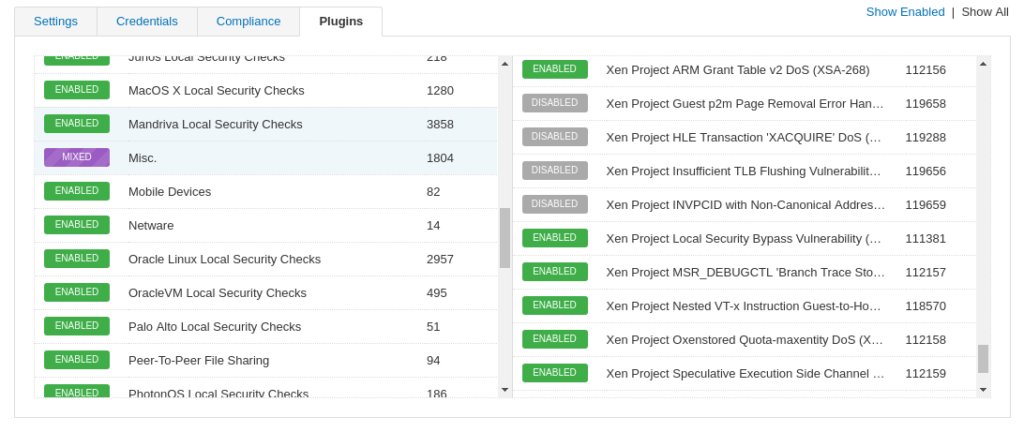Parsing Nessus v2 XML reports with python. Upd. This is an updated post from 2017. The original script worked pretty well for me until the most recent moment when I needed to get compliance data from Nessus scan reports, and it failed. So I researched how this information is stored in a file, changed my script a bit, and now I want to share it with you.
Previous post about Nessus v2 reports I was writing mainly about the format itself. Now let’s see how you can parse them with Python.
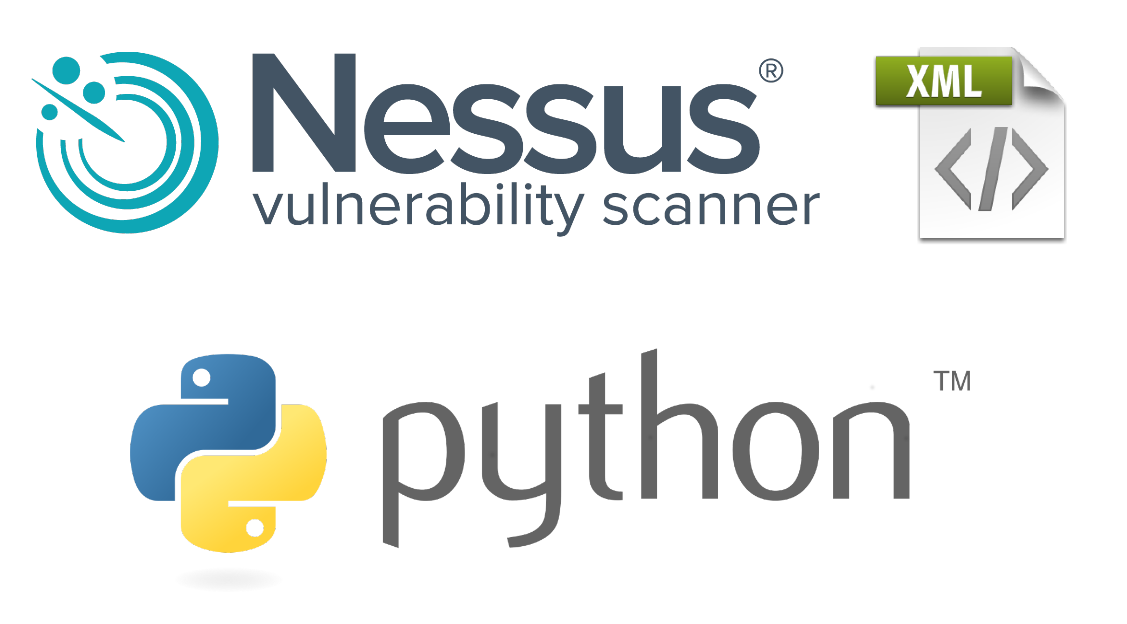
Please don’t work with XML documents the same way you process text files. I adore bash scripting and awk, but that’s an awful idea to use it for XML parsing. In Python you can do it much easier and the script will work much faster. I will use lxml library for this.
So, let’s assume that we have Nessus xml report. We could get it using Nessus API (upd. API is not officially supported in Nessus Professional since version 7) or SecurityCenter API. First of all, we need to read content of the file.

